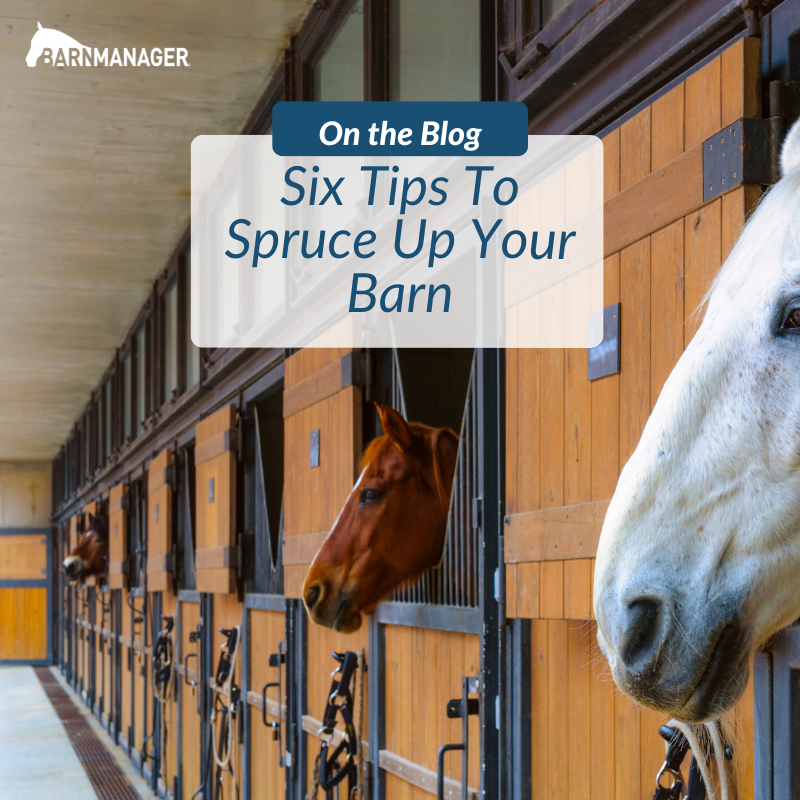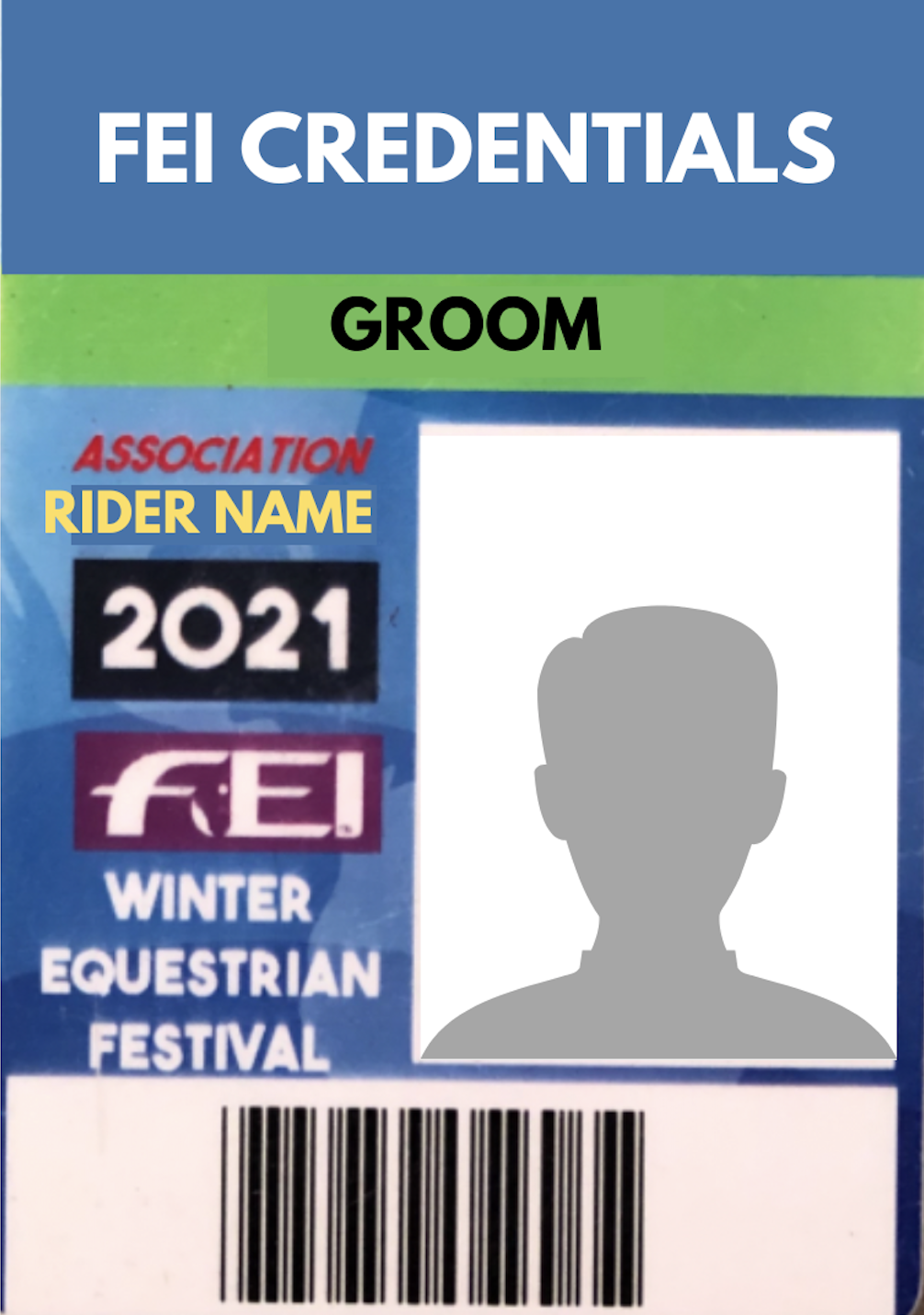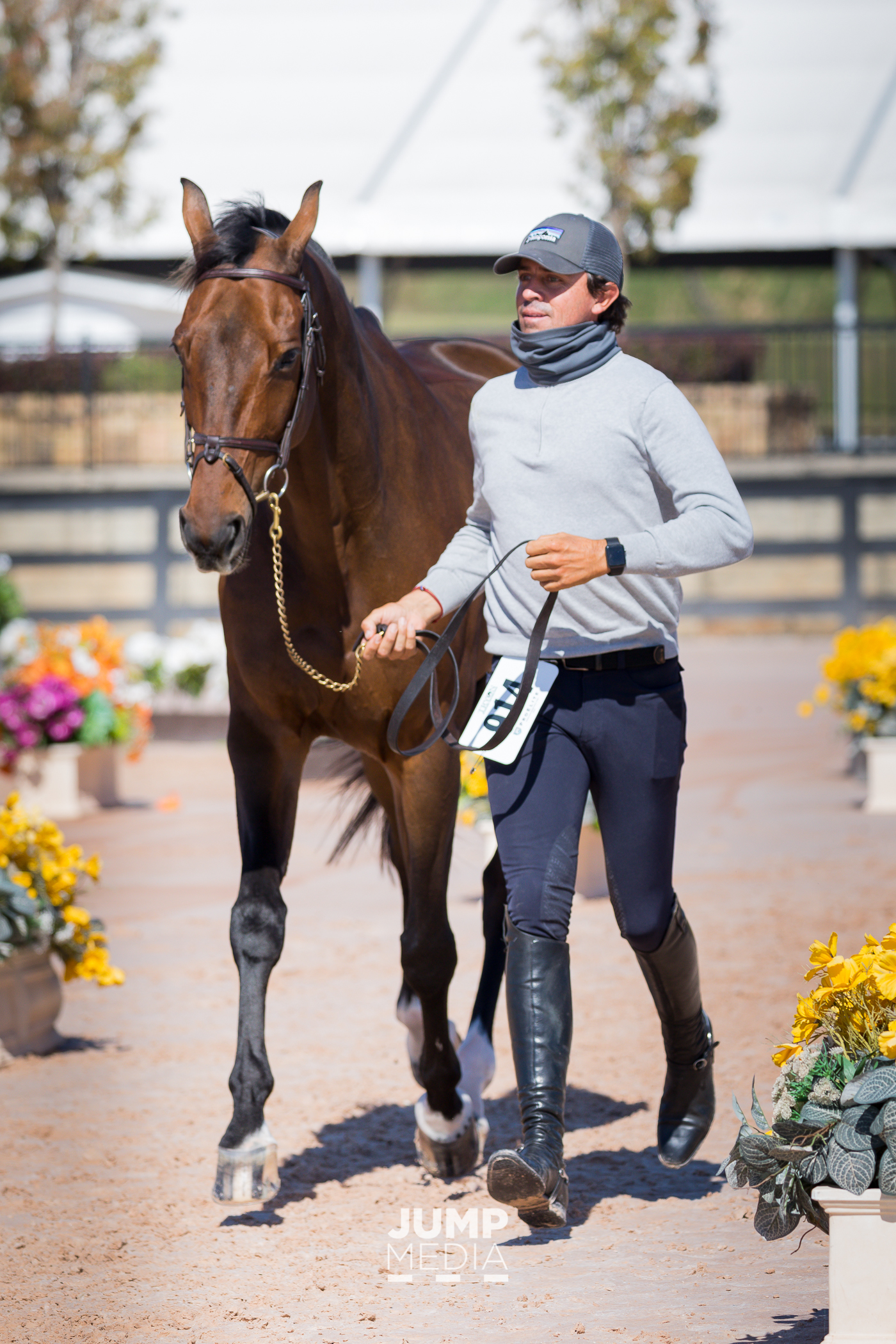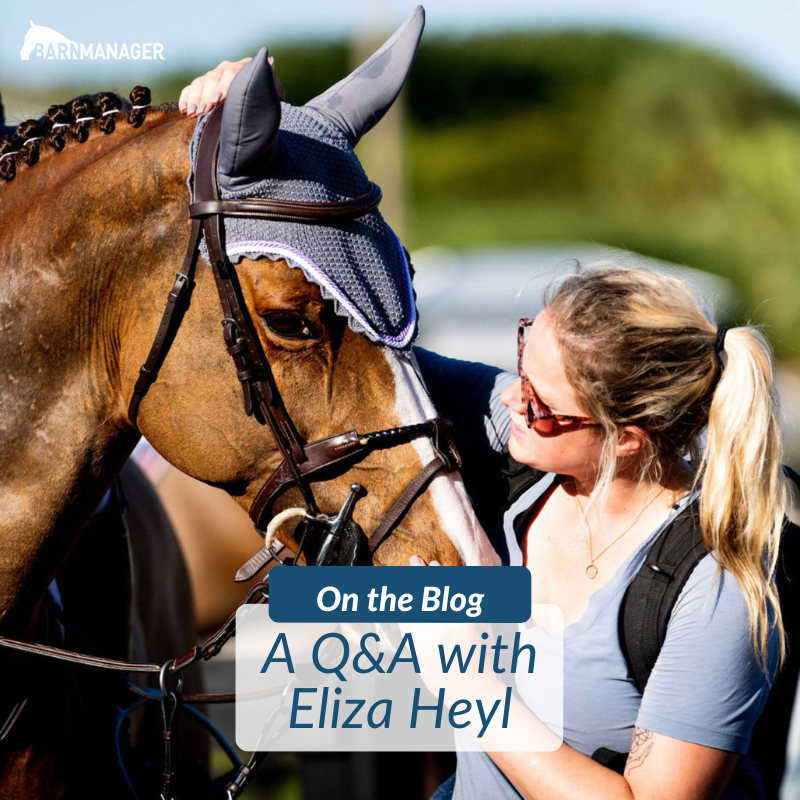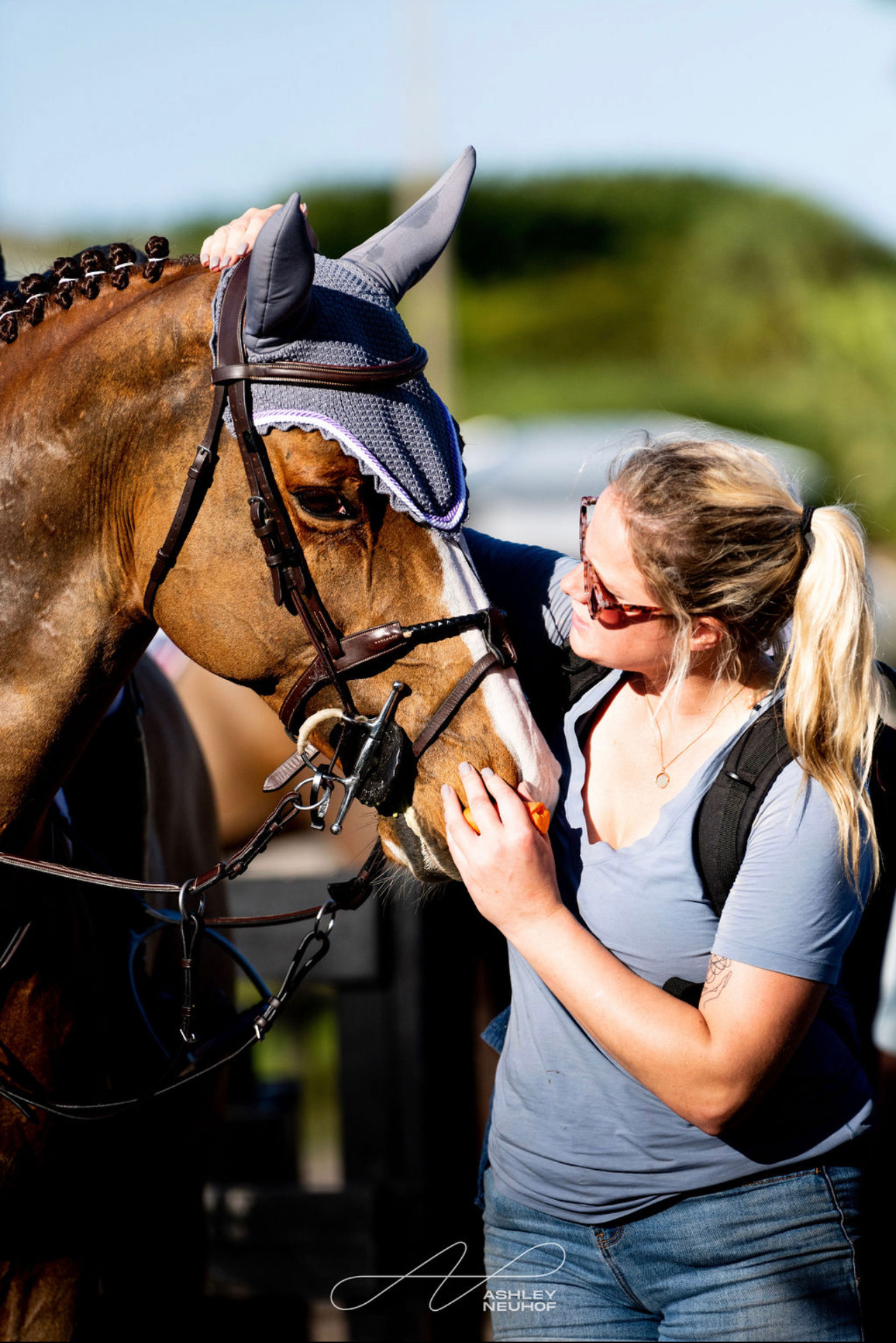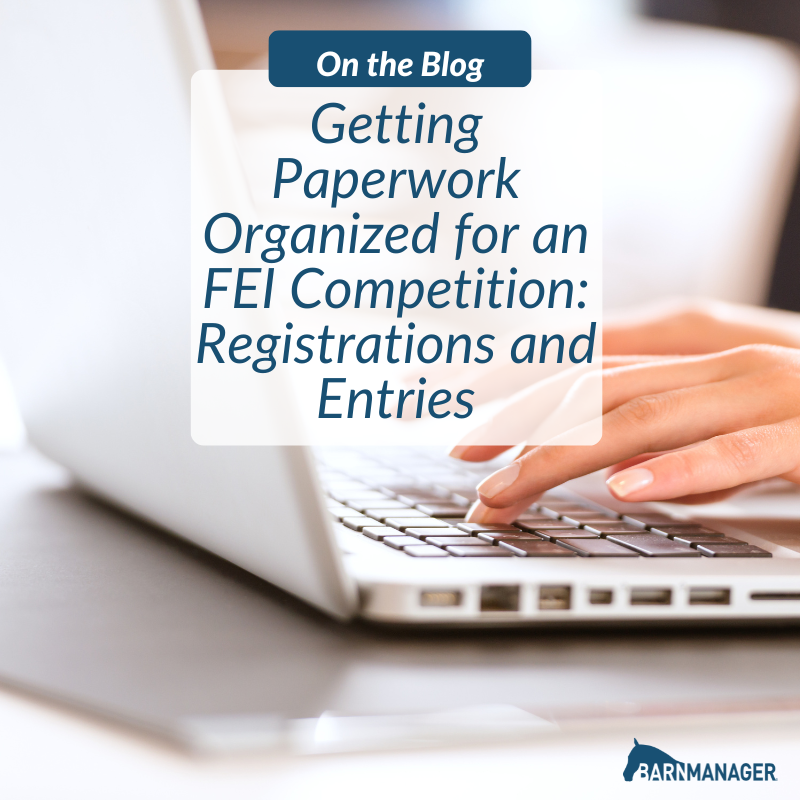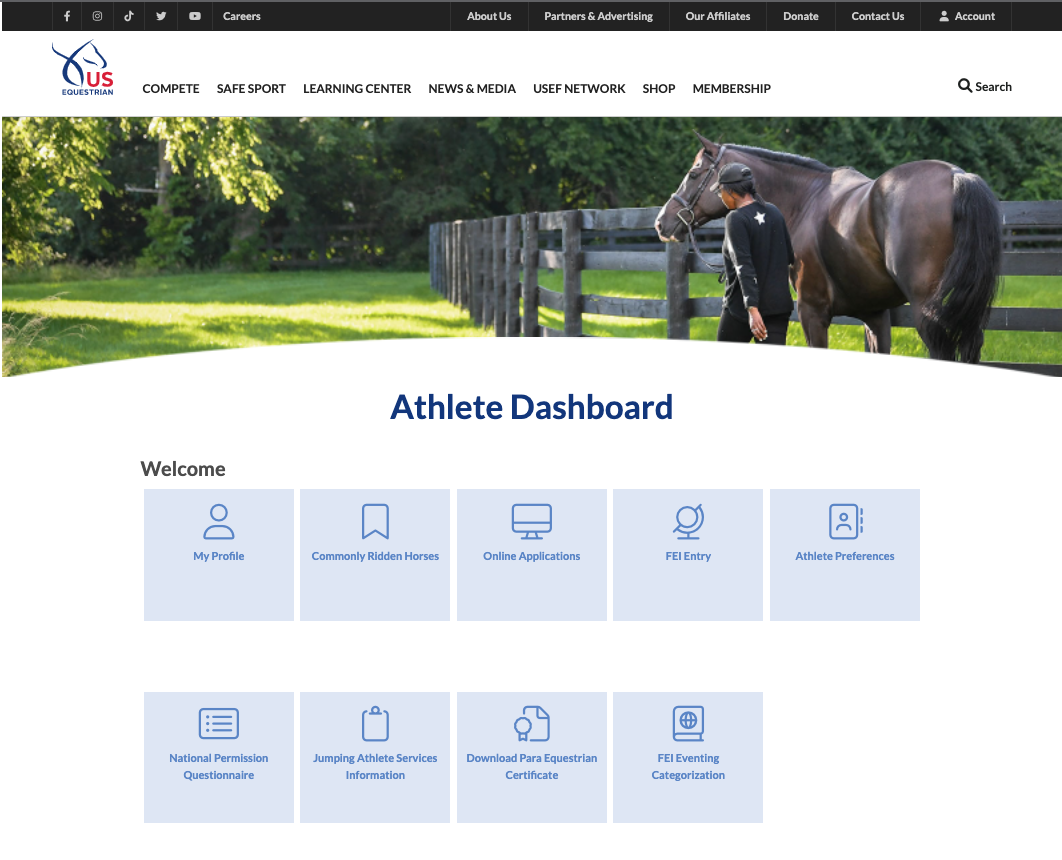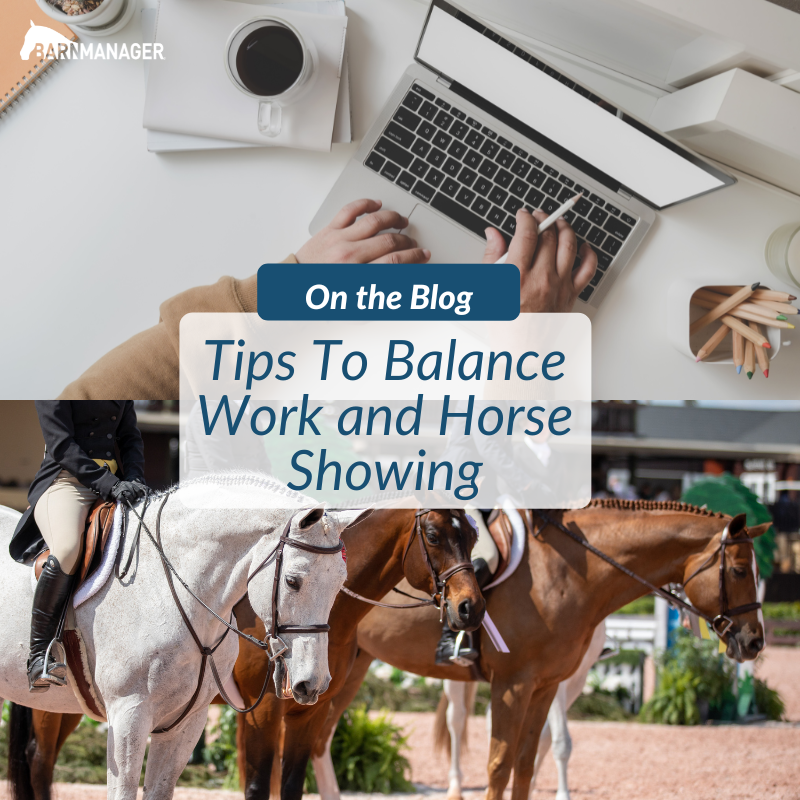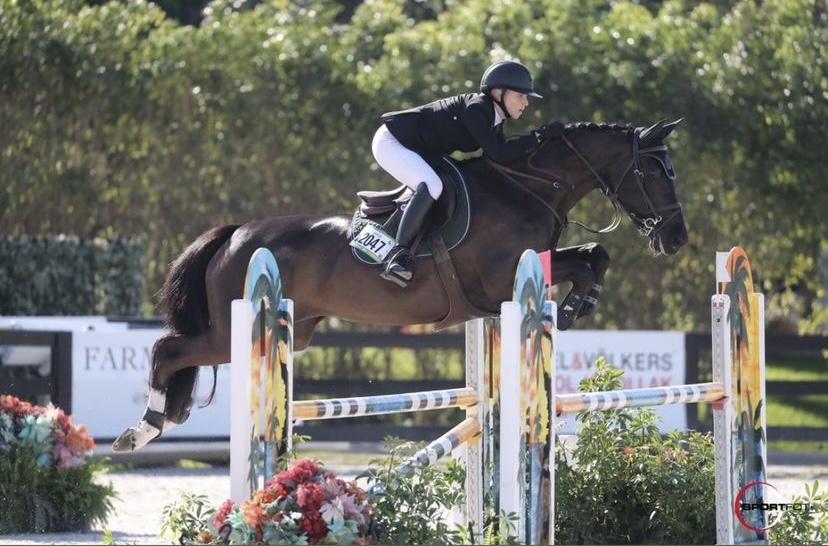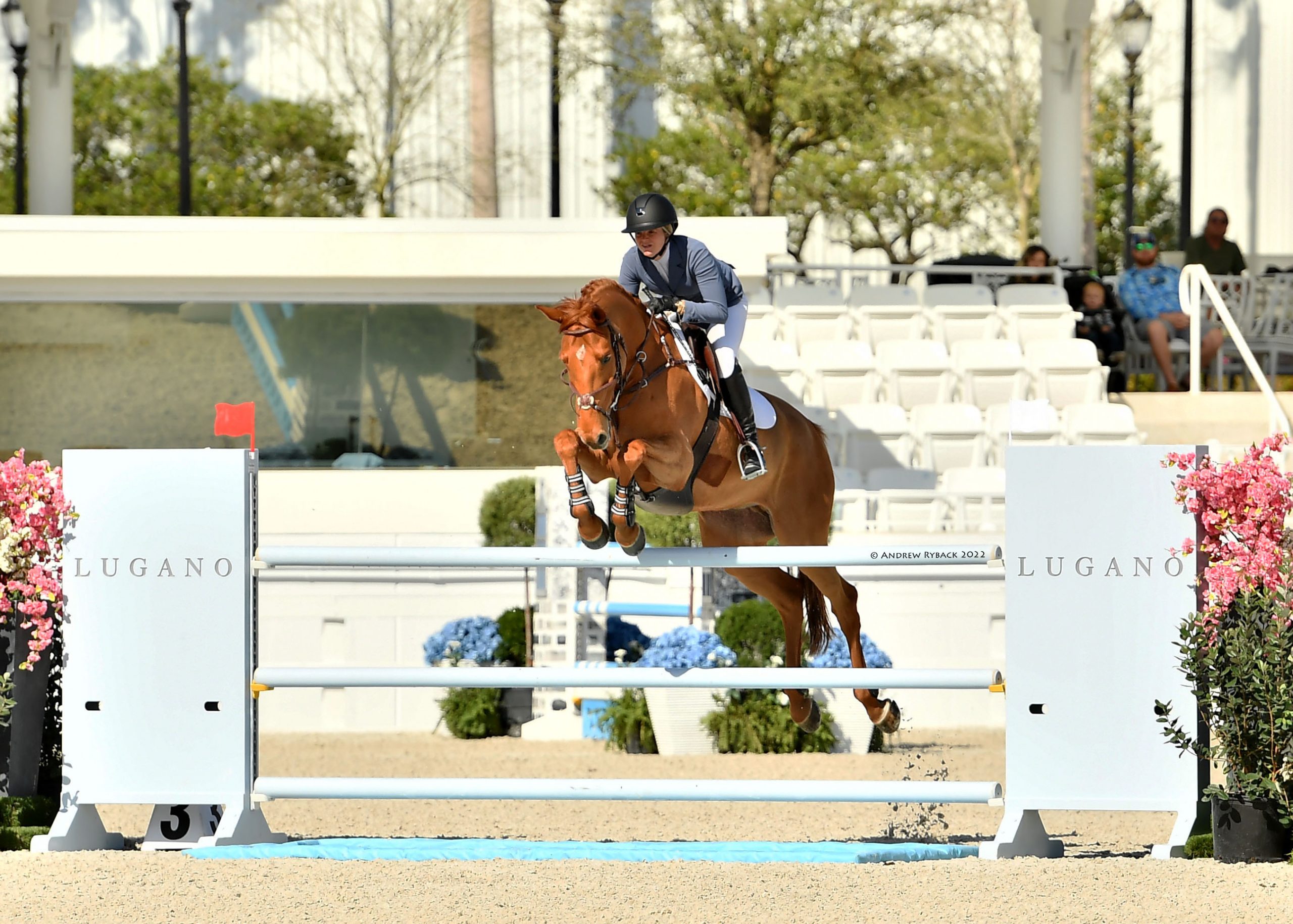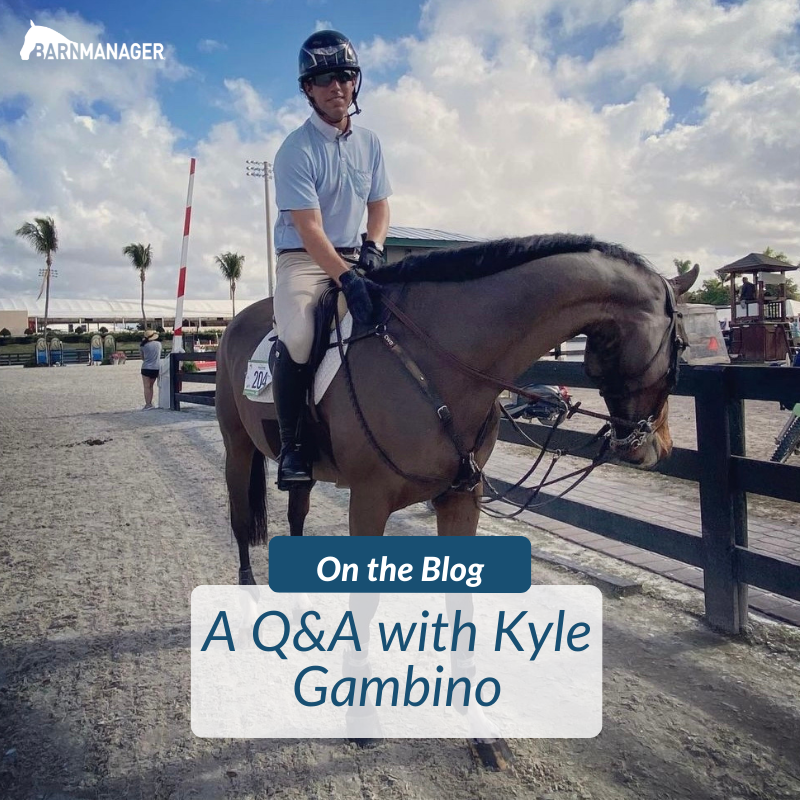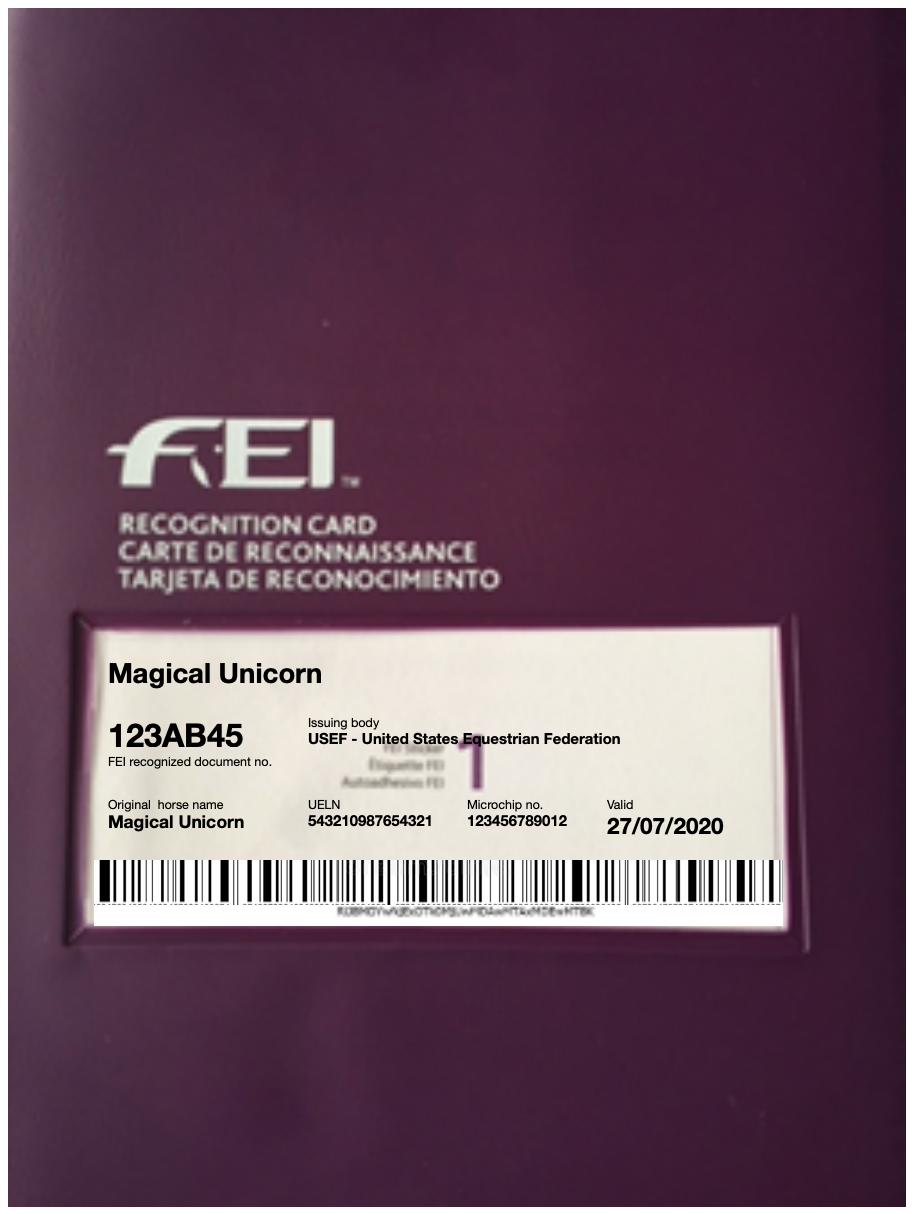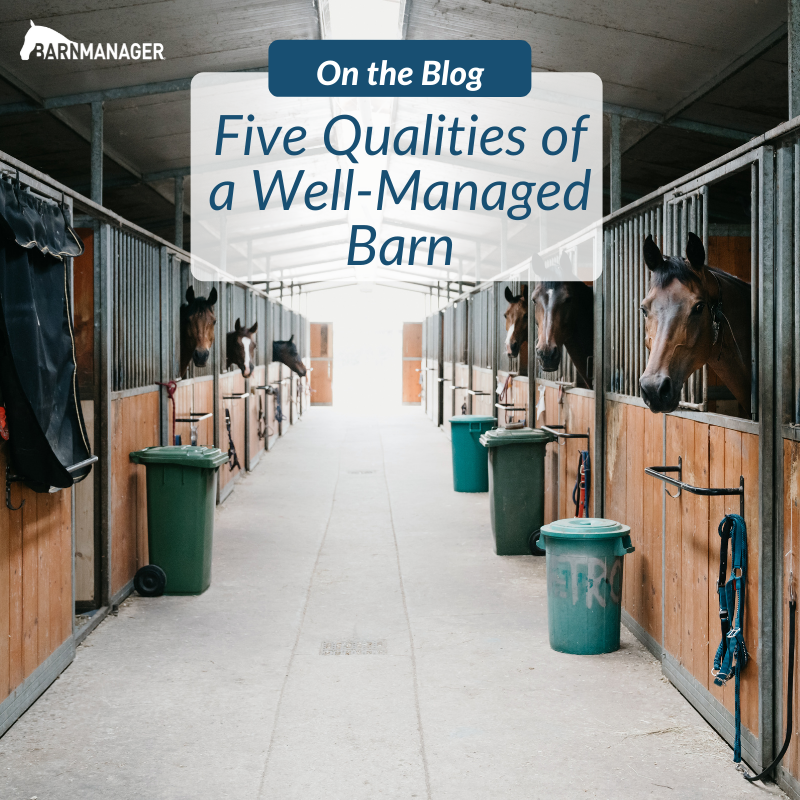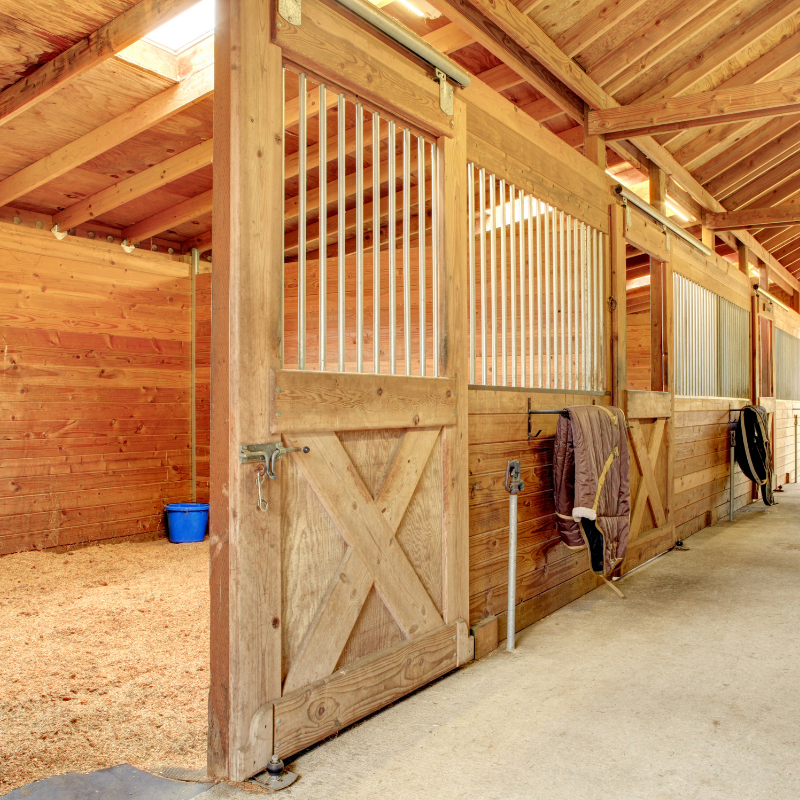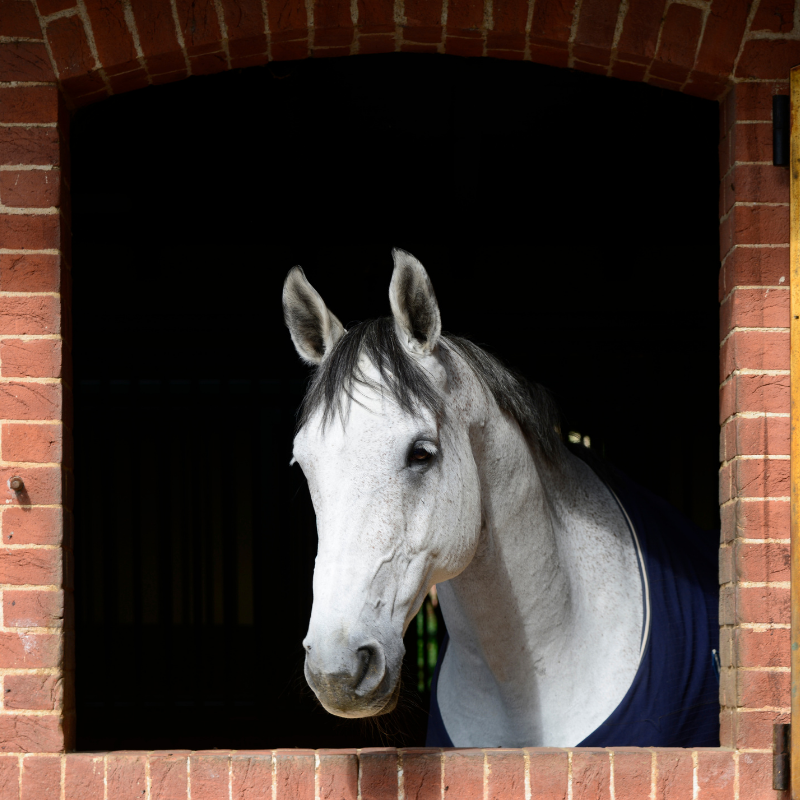There is no better feeling than walking into a clean and well-kept barn. Although everyone appreciates a neat and organized stable, it is a lot of work to maintain. While you may not have time to scrub stall walls every day, there are several simple tasks you can fit into your routine to keep your barn looking top notch.
1. Wipe Off Tack Trunks
One of the most noticeable places that dust builds up is on tack trunks, especially if they are located on the aisle. Morning chores of giving hay, cleaning stalls, putting in shavings, and sweeping can create a lot of dust, which settles on tack trunks and wall boxes in grooming stalls. After finishing morning chores, use a towel to dust off trunks and wall boxes in the aisle, grooming stalls, and tack room. If they are made of wood, consider purchasing a cleaner or polish to spray on them for a little extra shine. Customers will appreciate opening a clean and dust-free trunk when they arrive at the barn.
2. Clean the Stall Bars

If your barn has bars on the stall fronts you know they quickly become covered in dust and grime. Cleaning these bars regularly can make a big difference in how clean the entire aisleway looks. Depending on how many stalls you have, this task can be a little time-consuming. Try to clean the stall bars three to four times a week to avoid too much buildup. Clean the bars with a wet towel or sponge, and if some have a lot of grime scrub them with a hard brush to remove the dirt. Hand-held dust wands can also be useful for quick touch-ups throughout the day.
3. Water Down the Aisle
A trick to keep the dust down and make your barn smell good is to sprinkle a mix of water and multi-surface cleaner along the aisleway. After you have finished sweeping, fill a watering can with water and a little bit of multi-surface cleaner, such as Pine-Sol or Fabuloso. Then sprinkle it down the aisle, in the grooming or wash stalls, and in any other open areas. Do this quick and easy task several times a day so your barn always looks nice and smells fresh.
4. Remove Cobwebs
Cobwebs are a common problem in most barns. Allowing cobwebs to build up can make a barn look older and dirtier than it is. One solution is to spend a little time every day or so using a broom or long-handled dust wand to pull down the cobwebs from the stalls, tack room, feed room, and aisle. This is a good task to do when the horses are turned out or not in their stalls so that you do not scare them.
5. Sweep All Rooms
Make an effort to sweep out rooms such as the tack room, feed room, or laundry room once or twice a day. People are constantly walking in and out of these areas after being in the ring, stalls, or paddocks, so dirt, dust, and footing can start to build up on the floor. Sweeping these rooms regularly will go a long way toward keeping the stable’s overall appearance looking tidy.
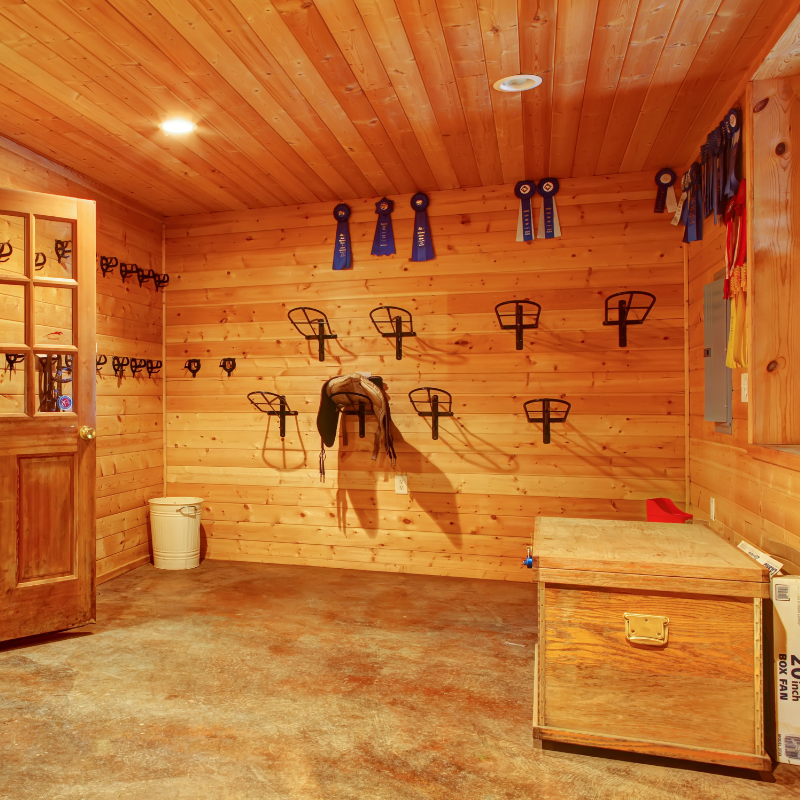
6. Fold Everything Neatly
Messy blankets and towels strewn around on the aisle or in grooming stalls can make an otherwise clean barn look messy. If you keep stable sheets and blankets on each horse’s stall, take time to fold them neatly. Consider storing turnout sheets in a separate room rather than on stall doors because they tend to be dirty. If you have coolers or anti-sweats in your grooming stalls, be sure they are neatly hung or nicely folded. Similarly, make sure towels are folded or hanging to dry in an organized way.
By adding a few simple tidying tasks to your daily to-do list, you can easily keep your barn looking first-rate. Even if your facility is a little older or not the fanciest, prioritizing cleanliness and organization can help bring your stable to the next level.
Have questions about utilizing BarnManager or want to give it a try for yourself? Request a live demo here!
